Description
Metal base board, MCPCB, generally consists of the metal base, insulating layer, and conductive layer, which is a special PCB. The metal base board commonly uses metal base copper clad laminates (Metal Base Copper Clad Laminates) often aluminum, iron, copper, molybdenum alloy, etc., and its insulating layer is generally epoxy resin, polyimide resin, epoxy glass cloth, and so on. Metal thickness specifications for 0.5 mm, 1.0 mm, 1.5 mm, 2.0 mm, 3.0 mm.
1. Classification
According to the metal material can be divided into iron-based copper-clad board, silicon steel copper-clad board, copper-based copper-clad board, and aluminum-based copper-clad board.
(1) Iron-based copper-clad board and silicon steel copper-clad board have excellent electrical properties, magnetic conductivity, voltage resistance, and high substrate strength. In addition, the magnetic properties of silicon steel copper-clad laminates are better than those of iron-based copper-clad laminates. Mainly used for brushless DC motors, tape recorders, recorders with spindle motors, and intelligent drives.
(2) Copper-based copper-clad board has the basic performance of aluminum-based copper-clad laminate, and its heat dissipation is better than that of aluminum-based copper-clad laminate. This kind of substrate can carry high current and is used for the manufacture of high-power circuits such as power electronics and automotive electronics PCB, but the copper substrate has high density and value, and is easy to oxidize, which restricts the application of the copper substrate, and its dosage is far lower than that of aluminum-based copper-clad laminate.
(3) Aluminum-based copper-clad board has excellent electrical properties, heat dissipation, electromagnetic shielding, high voltage, and bending plus q-, ah energy, mainly used in automobiles, motorcycles, computers, home appliances, communications electronics, and power electronics. Metal PCB substrate to aluminum-based copper-clad plate market with the largest amount, commonly used in such as automobiles, motorcycles, power supplies, communications, and other electronic products.
The structure of the metal-based copper-clad board can be divided into three categories: metal-based PCB, clad metal-based PCB and metal core-based PCB.
(1) metal substrate is a metal plate (aluminum, iron, copper, etc.) as the bottom substrate, coated with resin (or resin glass cloth) as the insulating layer and conductive layer (copper foil) composition.
(2) cladding type metal substrate is in the metal plate around a layer of glaze, sintered, and into the body of the base substrate, on which the screen leakage printing, sintering, made of conductor circuit graphics.
(3) metal core substrate, the general core is a metal plate (aluminum, iron, etc.), the surface of the PCB coated with epoxy resin and other organic polymer resins, coated with a conductor foil (some with the addition of direct formation of conductive circuit graphics).
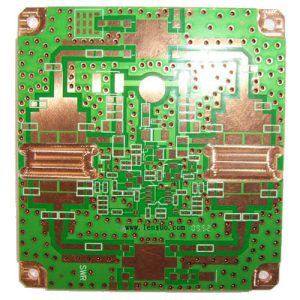
2. FR-4 PCB and Metal base board comparison
(1) Conductivity: FR4 has a lower thermal conductivity, usually about 0.3W, while MCPCB has a higher thermal conductivity, ranging from 1.0W-4.0W, the most common is about 2.0W.
(2) Plated Through Hole: FR4 PCBs are typically plated with through holes. If required, through-hole assemblies can be used. In MCPCB, through-hole plating does not apply to 1-layer PCBs. all components are surface-mounted.
(3) Thermal Relief: In thermal relief FR4 PCBs usually involve through holes for heat transfer. Longer drilling cycles add to the many processes. the MCPCB material can provide heat dissipation. Through drilling, deposition and plating processes are eliminated.
(4) Solder Resist: FR4 PCB solder resist is usually dark colored (green, red, blue, black) and is usually applied on the top and bottom. Usually applied to the top and bottom, the MCPCB solder mask is almost entirely white for LED boards. Applied only to the top.
(5) Thickness: FR4 PCBs are available in a wide range of thicknesses and can be selected using a variety of material combinations and layer counts. MCPCB thickness variations are limited by the thickness of the available backplane and the thickness of the dielectric sheet.
(6) Processing: FR4 PCBs use standard machining methods (drilling, milling, V-notching, countersunk holes, countersunk holes), while MCPCBs use the same processing methods as FR4, with the exception that diamond-coated saw blades must be used for the V-notching to prevent increased strain due to cutting into the metal.
3. Market trends for metal PCB board
With the development of electronic technology, the market demand for aluminum-based copper-clad laminates is heating up, and at the same time, the technical requirements for metal PCB substrates are getting higher and higher, which can be summarized as follows:
(1) Higher thermal conductivity is required for metal PCB substrates;
(2) Aluminum-based copper-clad laminates are required to be able to withstand higher breakdown voltages, and the maximum breakdown voltage is required to be as high as 15 kV (DC, AC), and the 704 Factory Research Institute has been able to provide aluminum-based copper-clad laminates with a withstand voltage of 8 kV (AC) and 10 kV (DC);
(3) Aluminum substrate to the development of multi-layer, the demand for high thermal conductivity aluminum-based CCL sheet and its supporting thermal conductive film.


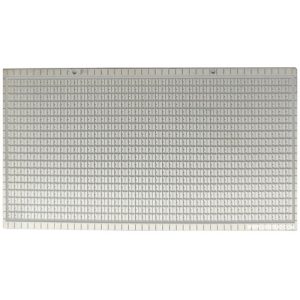
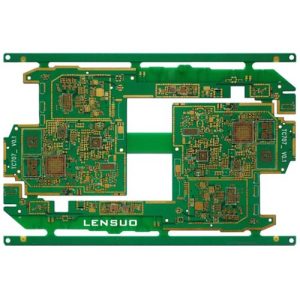
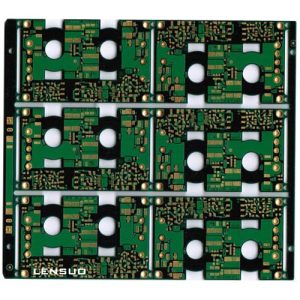
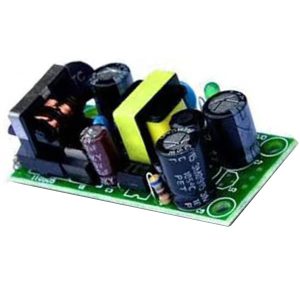
分享到: